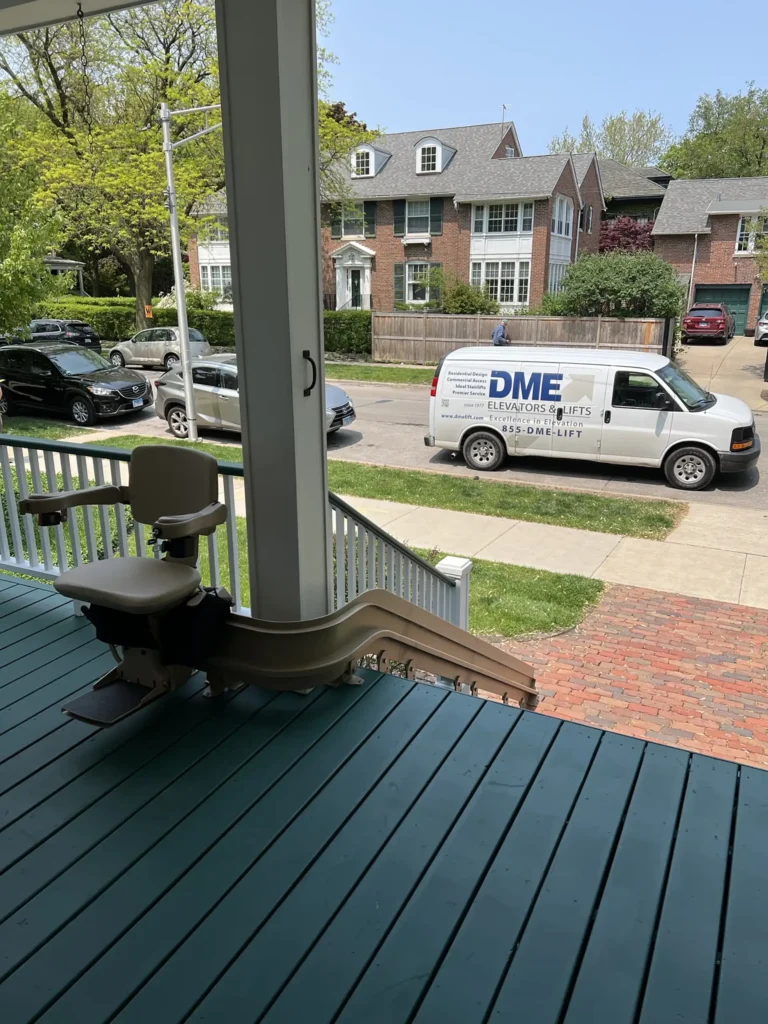System Lift Dimensions Explained: Why They Issue for Lift Servicing
System Lift Dimensions Explained: Why They Issue for Lift Servicing
Blog Article
Lift Maintenance Repair
Elevator Suite Britannia Street Tividale B69 2PG
01926 266127
A Comprehensive Strategy to Enhancing Performance Via Strategic Lift Repair Work Approaches
A organized and strategic technique to raise fixing and maintenance is vital to maximize efficiency and decrease downtime. By attending to common lift problems, executing aggressive upkeep measures, and developing targeted fixing strategies, facilities can maximize their lift systems to run at peak performance degrees.
Value of Lift Performance Optimization
Recognizing the relevance of optimizing lift efficiency is important for guaranteeing efficient and trusted upright transportation systems in numerous buildings and frameworks. Lifts are necessary components of modern-day facilities, giving vertical mobility for passengers and goods within buildings of differing heights. By maximizing lift performance, structure owners and facility supervisors can improve customer experience, improve power efficiency, and boost total operational effectiveness.
Reliable lift performance optimization includes various elements, consisting of speed, capability, power maintenance, safety, and consumption demands. Effectively optimized lifts can decrease wait times for customers, especially in high-traffic structures, resulting in enhanced satisfaction and productivity. Furthermore, maximized lifts add to energy savings by using sophisticated control systems and modern technologies that decrease power consumption without compromising performance.

Identifying Common Lift Issues
Recognizing common lift problems is essential for preserving the functional efficiency and security of upright transportation systems in structures. Identifying these issues can assist prevent malfunctions, lower downtime, and expand the life expectancy of the lift tools. One usual problem that structure supervisors and upkeep groups commonly encounter is uneven or jerky activities during procedure. This problem can be indicative of troubles with the lift's motor, control system, and even the alignment of the lift cars and truck.
An additional prevalent lift problem is strange noises rising from the lift shaft or machinery space. These noises can range from grinding or scuffing noises to loud clunking sounds, every one of which might signify underlying mechanical concerns that call for prompt focus. In addition, constant door breakdowns, such as doors closed or shutting appropriately, can interfere with the smooth circulation of travelers and present security dangers.
Carrying Out Aggressive Upkeep Steps
To enhance the efficiency and long life of lift systems, aggressive maintenance steps play a vital role in ensuring operational integrity and safety. lift repair. Carrying out proactive upkeep involves methodically checking, servicing, and fixing elements before they fall short, therefore preventing pricey downtime and prospective safety and security dangers. On a regular basis scheduled evaluations can help recognize minor concerns before they rise into significant issues, inevitably prolonging the life-span of lift systems
One secret aspect of positive maintenance is producing a detailed maintenance timetable based on supplier suggestions and industry finest techniques. This routine needs to detail jobs such as lubrication, positioning checks, and part replacements at defined intervals. Additionally, applying condition tracking strategies, such as vibration evaluation and thermal imaging, can aid discover very early signs of wear or malfunction.
In addition, training maintenance personnel on appropriate inspection methods and preventative upkeep procedures is necessary for the effective implementation of positive upkeep steps. By cultivating a culture of positive upkeep within a company, lift systems can operate at peak performance levels, lessening disturbances and ensuring the safety of individuals.
Creating Targeted Repair Service Strategies
Upon evaluating the maintenance documents and efficiency information, the engineering group can create targeted fixing plans to deal with particular problems and optimize lift system functionality. These repair strategies are customized to the determined problems, guaranteeing that resources are concentrated on settling essential concerns effectively. By prioritizing fixings based upon their effect on performance and safety, the targeted repair plans help decrease downtime and upkeep expenses while making best use of the lift system's integrity.
Establishing these strategies includes an extensive analysis of the lift system parts, including motors, cords, brakes, and control systems. With this detailed analysis, the engineering team can determine the origin of any type of malfunctions or destruction in efficiency. This info is then used to create a roadmap for the repair procedure, laying out the essential actions, timeline, and sources required to attend to each problem successfully.
In addition, targeted repair work plans might consist of preventative procedures to boost the lift system's long life and efficiency. By proactively resolving potential concerns before they intensify, these strategies contribute to the total efficiency and safety and security of the lift system.
Using Data-Driven Insights
Harnessing the power of data-driven insights is crucial in maximizing lift system performance and maintenance effectiveness. These anticipating upkeep approaches assist stop unanticipated breakdowns, reduce downtime, and prolong the life expectancy of lift systems.

Conclusion
To conclude, enhancing lift performance is crucial for guaranteeing efficiency and security in buildings. By recognizing typical lift concerns, applying proactive upkeep actions, developing targeted repair plans, and utilizing data-driven insights, organizations can enhance performance and lessen downtime. It is essential to take a thorough strategy to raise fixing strategies to make best use of functional performance and ensure the longevity of lift systems.
By addressing common lift concerns, implementing positive maintenance check my site steps, and establishing targeted repair service strategies, centers can optimize their lift systems to operate at peak performance levels.An additional widespread lift issue is strange noises originating from the lift shaft or machinery room.Upon examining the maintenance documents and efficiency data, the engineering team can establish targeted fixing strategies to enhance and resolve specific issues lift system functionality. By focusing on look at more info repairs based on their influence on performance and safety, the targeted repair plans aid reduce downtime and upkeep expenses while making best use of the lift system's dependability.
It is crucial to take a detailed method to raise fixing strategies to make the most of functional effectiveness and make sure the longevity of lift systems.
Report this page